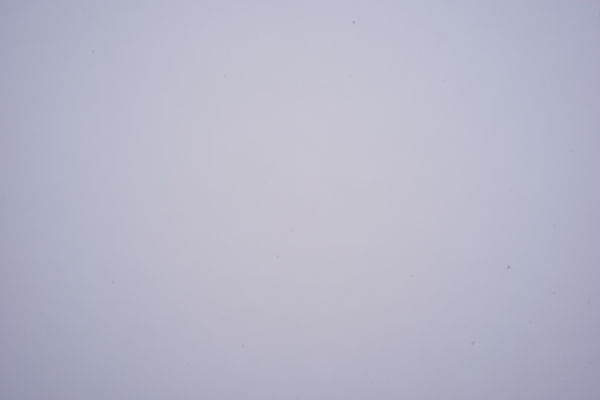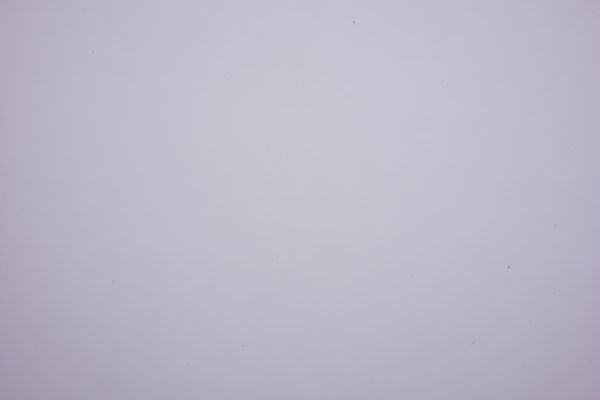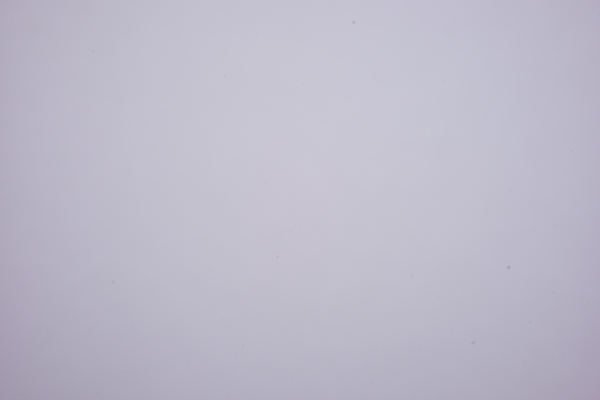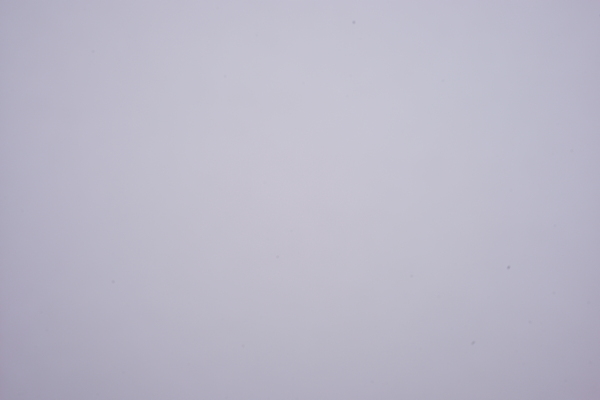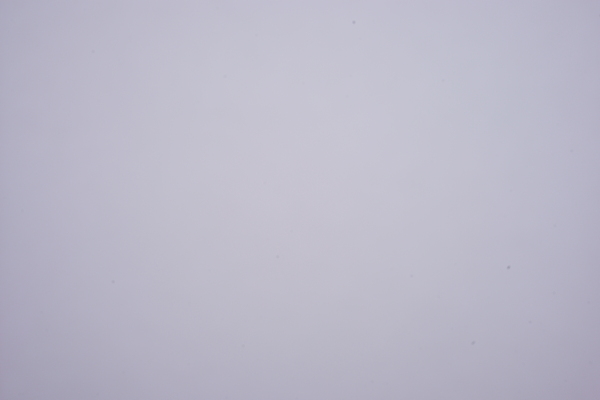Leica M (Typ 240): Zeiss 50mm f/1.5
Expanding the Equipment | Body with Lens Attached | Some Technical Data | Color Shading and Vignetting | Sample Images | Close-Up Behavior | Conclusions | Links
Archive
I bought most of my M-mount (and M39) lenses for use with the Ricoh GXR M-mount expansion unit, at which they are used with a crop factor of 1.5 x. But I always wanted to also use these lenses "as intended" and was therefore looking for a full-frame camera body for quite some time. Finally, at the end of October 2015, I purchased a used Leica M (Typ 240) as the "body" for my M-mount lenses. On these pages you can find my first personal experiences with the lenses at the Leica M (Typ 240). This page is devoted to the Zeiss Sonnar 50mm f/1.5 lens.
All lens pages: Voigtländer 15mm f/4.5 | Voigtländer 15mm f/4.5 III | Zeiss Biogon 21mm f/4.5 | Leica Elmarit-M 21mm f/2.8 ASPH. | Leica Elmar-M 24mm f/3.8 ASPH. | Voigtländer 25mm f/4 (M39) | Minolta M-Rokkor 28mm f/2.8 | Zeiss Biogon 35mm f/2.8 | Zeiss Sonnar 50mm f/1.5 | Voigtländer 75mm f/2.5 (M39) | Leitz Hektor 85mm f/2.5 (M39) | Leitz Elmar-C 90mm f/4 | Leitz Tele-Elmarit-M 90mm f/2.8 | Leitz Tele-Elmar 135mm f/4
Expanding the Equipment
In October and November, 2011, I expanded my lens collection and bought eventually three Zeiss lenses for the M-mount unit, after having some trouble with decentered Voigtländer lenses.
First, at the end of October, 2011, I bought a black Zeiss Sonnar T* C 50mm f/1.5 ZM lens (S/N: 15603809), then my most expensive and fastest lens:
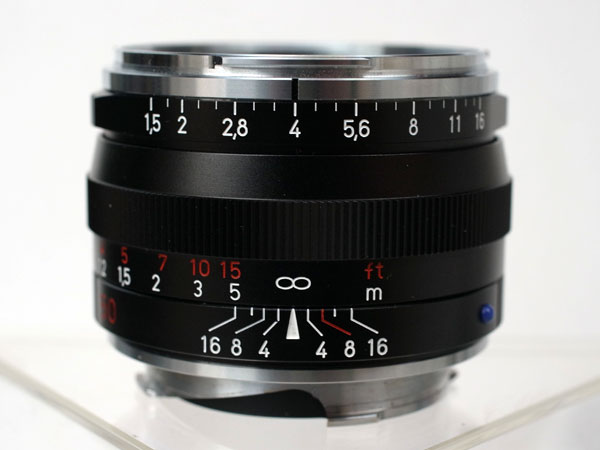 |
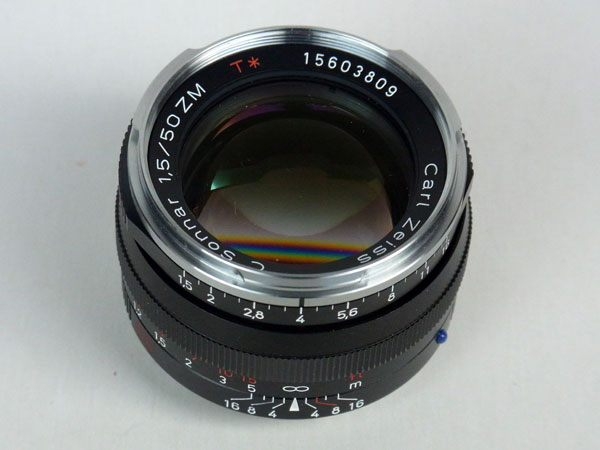 |
|
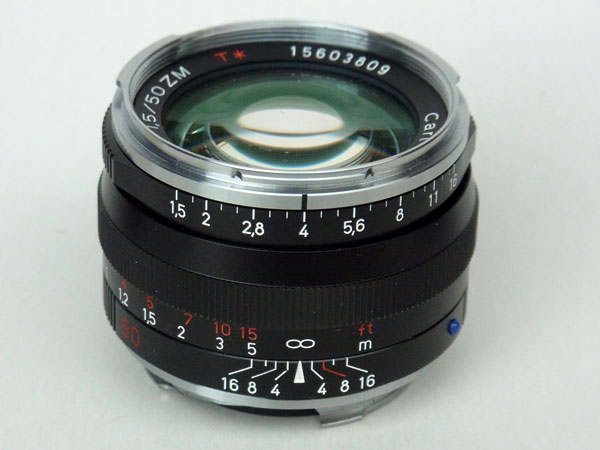 |
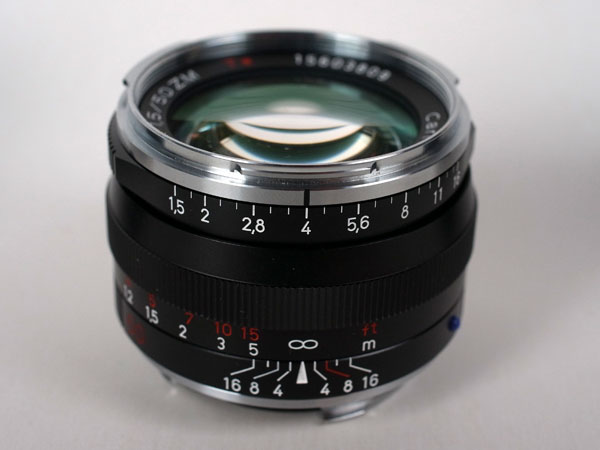 |
Photos: Arrived on October 25, 2011: Zeiss Sonnar T* C 50mm f/1.5 ZM lens (black)
This lens has a mixed reputation. On the hand hand it has been blamed for focus shift, and Zeiss gave an explanation of this. In addition, focus shift is primarily an issue with rangefinder cameras, not "when you see is what you get" (see the M-mount FAQ for details). On the other hand, this lens is also said to create 3D-like images, and posters in forums encouraged me to buy the lens. And that's what I eventually did.
Body with Lens Attached
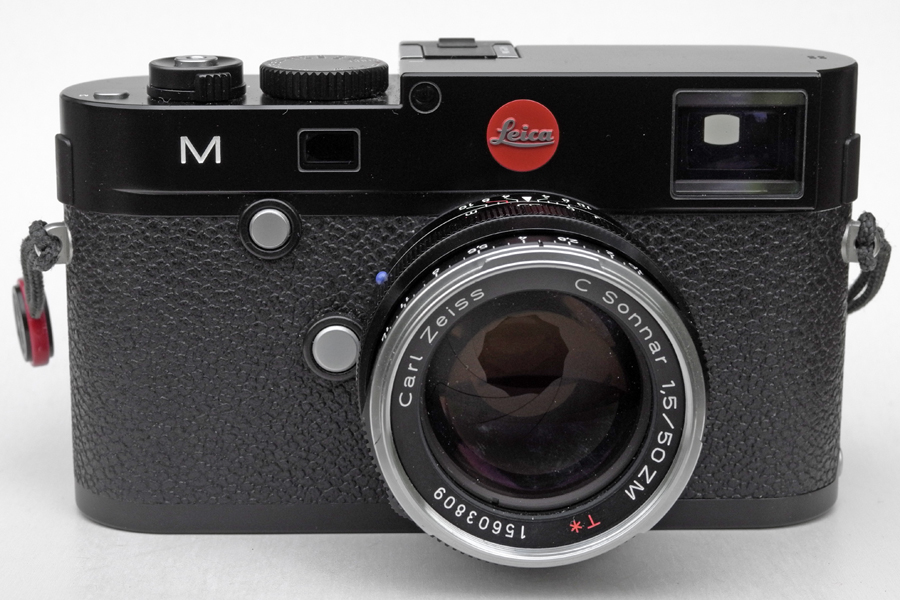 |
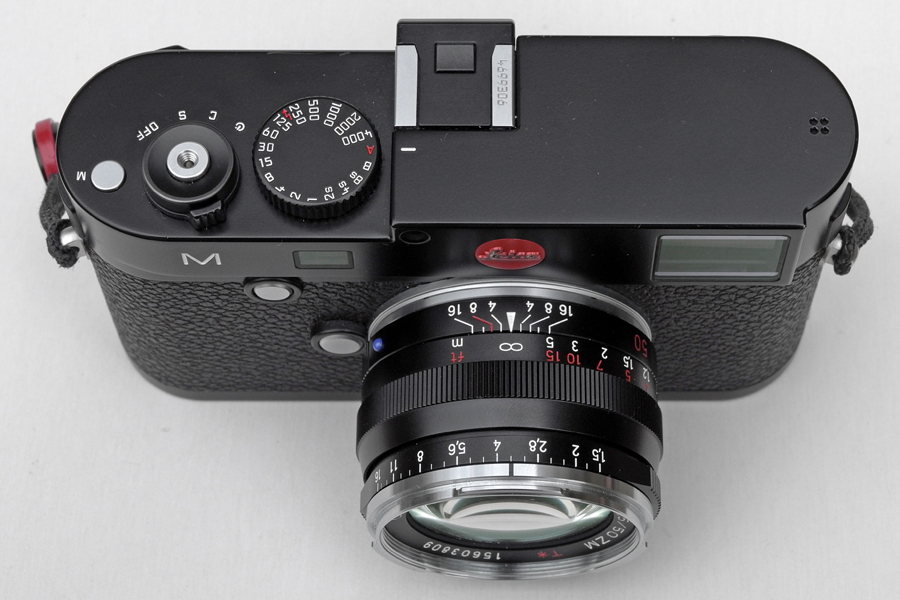 |
|
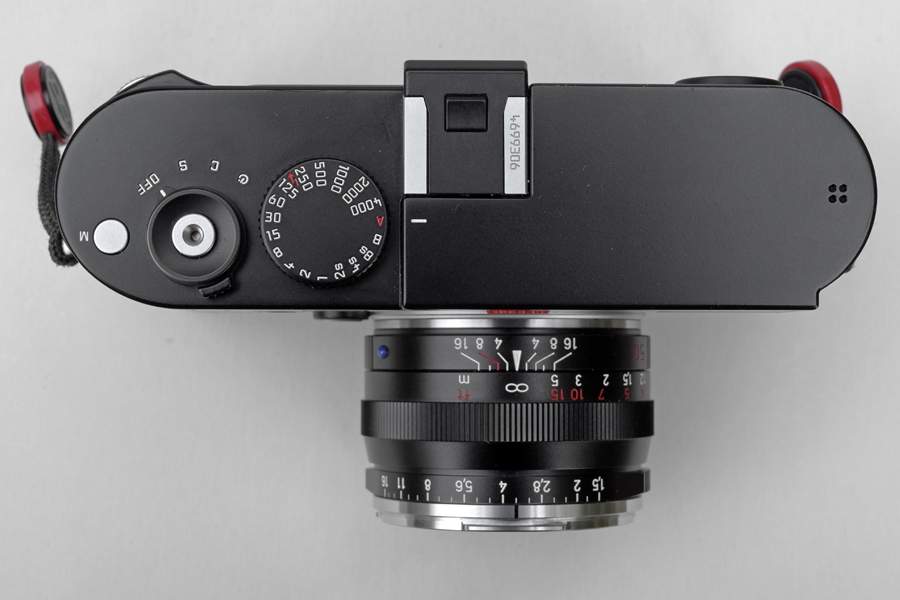 |
Photos: Leica M (Typ 240) with Zeiss Sonnar 50mm f/1.5 lens
Some Technical Data
| Focal length | 50 mm |
| Angle of view (35mm film) | 46° diagonal |
| Maximum aperture | 1.5 |
| f-stop range | 1.5-16 |
| Number of iris blades | 10 |
| Number of lenses/groups | 6/4 |
| Shortest distance | 0.9 m |
| Weight | 250 g |
| Length (w/wo cap) | 63 mm (45 mm) |
| Maximum diameter | 56 mm |
| Filter thread | 46 mm |
| Lens hood | does not have one |
Color Shading and Vignetting
At the end of November 2015, I did a more systematic investigation into color shading and vignetting, which was also meant to provide (at least, preliminary) calibration images to be used with the CornerFix application for removing color shading (see below). I followed the recommendations for calibration images, set exposure compensation to +1, and used the lenses' maximum aperture as well as f/8. Distance was set to infinity to smooth out irregularities in a white cardboard (actually, a large calendar) that I photographed (the sun was covered). Last, but not least, I included three more manual lens settings in the shots just to check the results for these lenses as well. Each shot was done twice to make sure that the conditions were consistent.
This investigation confirmed the first impressions in most aspects. Here are the results for the Zeiss Sonnar T* 50mm f/1.5 ZM lens:
Photos: Calibration shots with Zeiss Biogon T* 50mm f/1.5 ZM lens
There is practically no color shading. The manual settings change the color cast slightly. At the moment, I prefer the results from selecting the ASPH. version of the Summilux 50mm f/1.4, but the normal version leads to nearly identical results.
Conclusion: This lens can be used with "Lens Detection" set to "Off" or to "Manual" with selecting the Summilux-M 50mm f/1.4 ASPH. or Summilux-M 50mm f/1.4 (II). The simpler approach would be to set "Lens Detection" to "Off".
My current status: "Lens Detection" set to "Off".
Sample Images
Below are some sample photos taken with the Zeiss Sonnar 50mm f/1.5 lens (click the images to view the unprocessed original files in a new window).
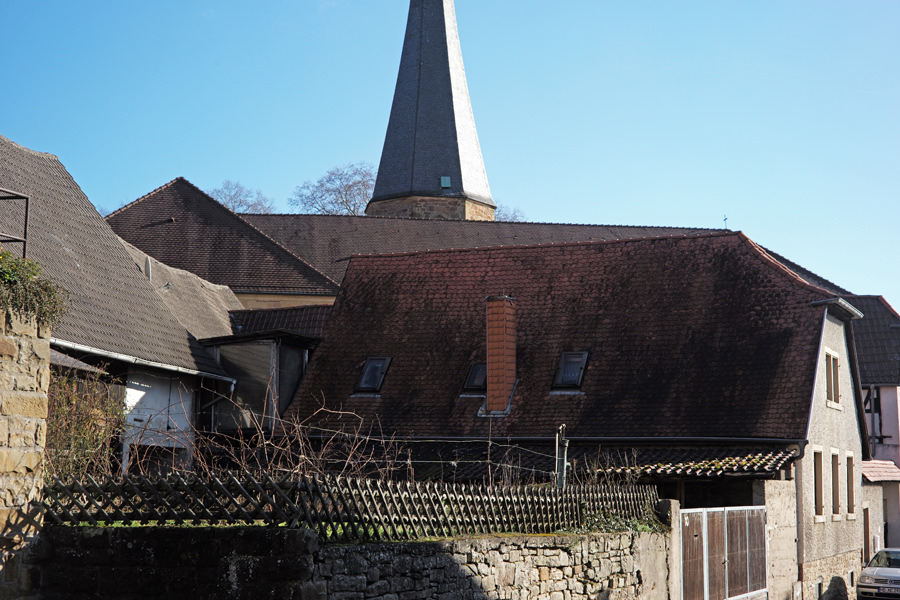 |
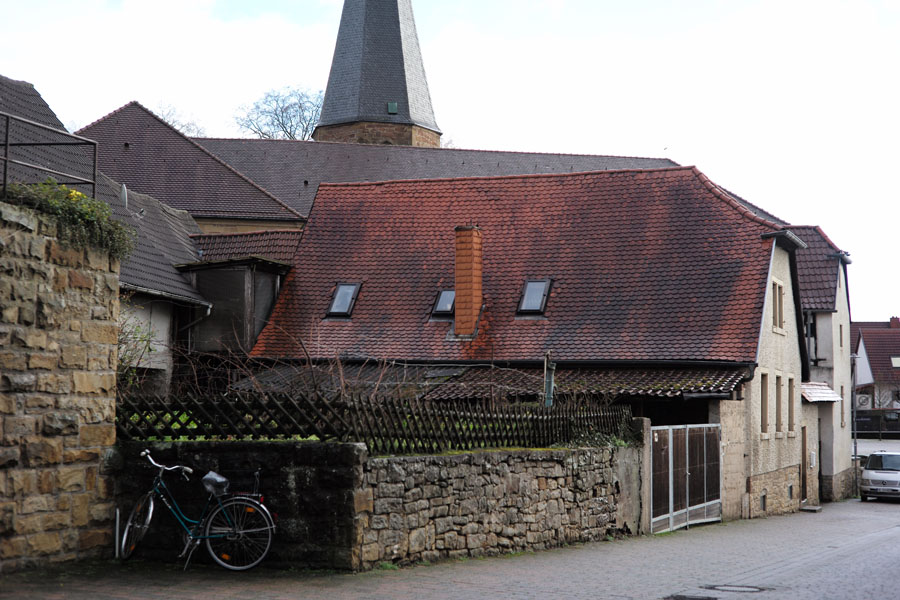 |
|
 |
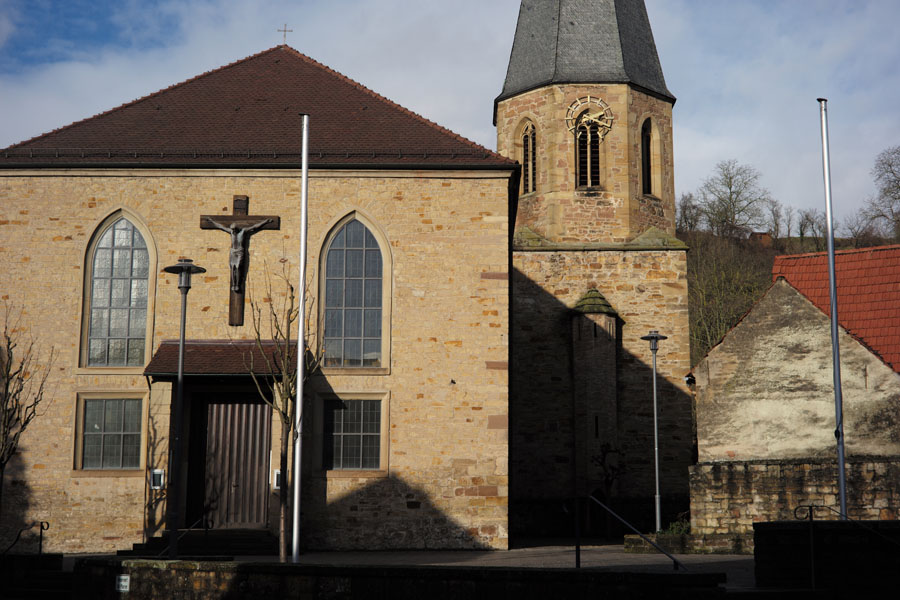 |
|
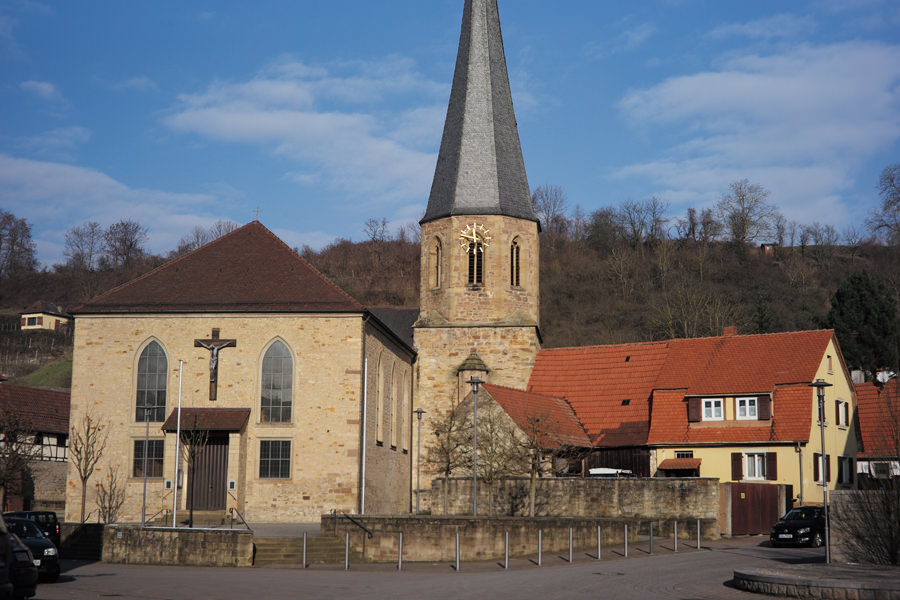 |
 |
|
 |
 |
|
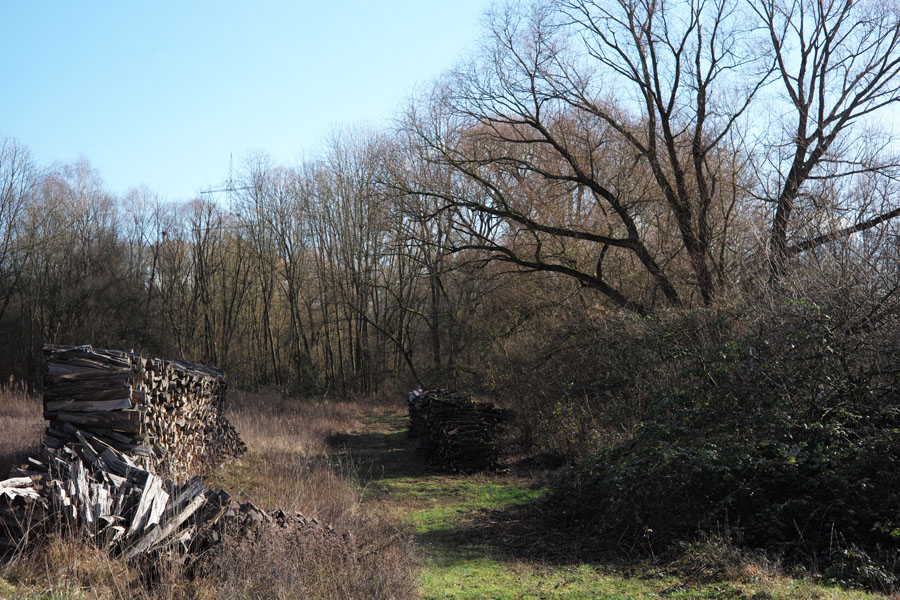 |
 |
|
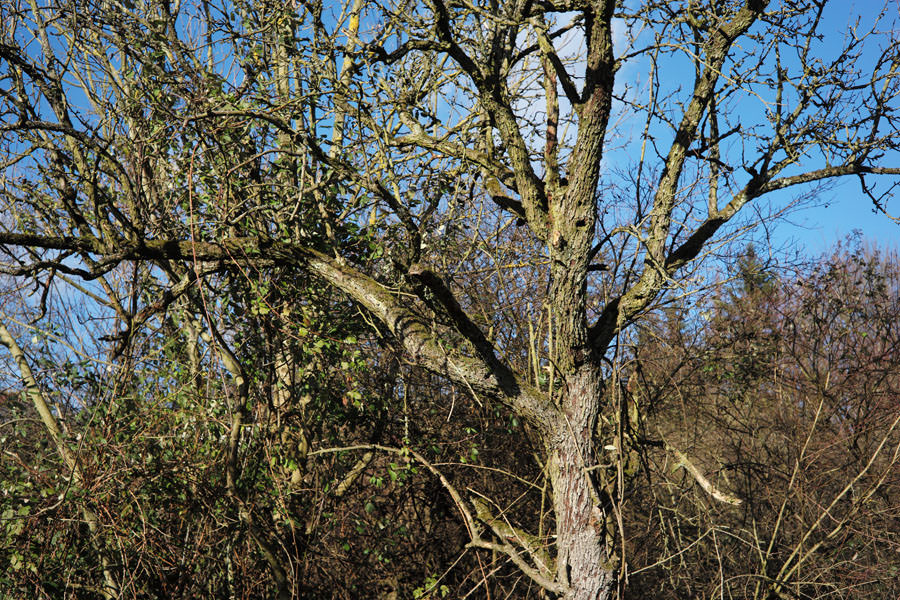 |
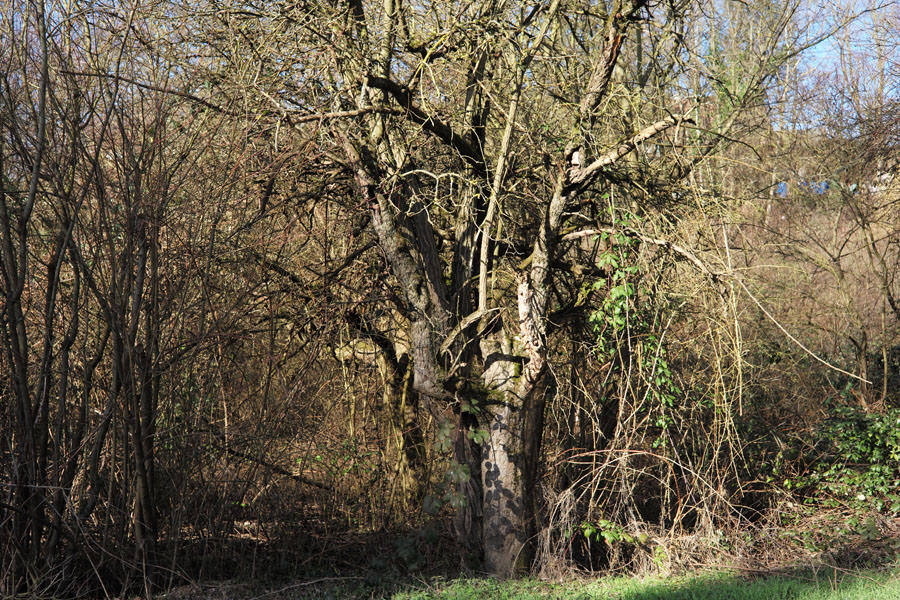 |
|
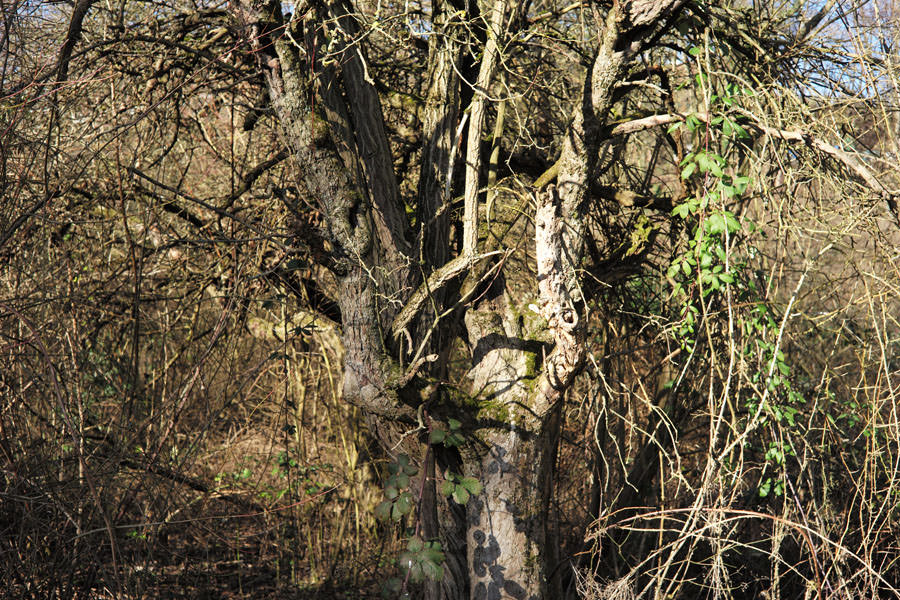 |
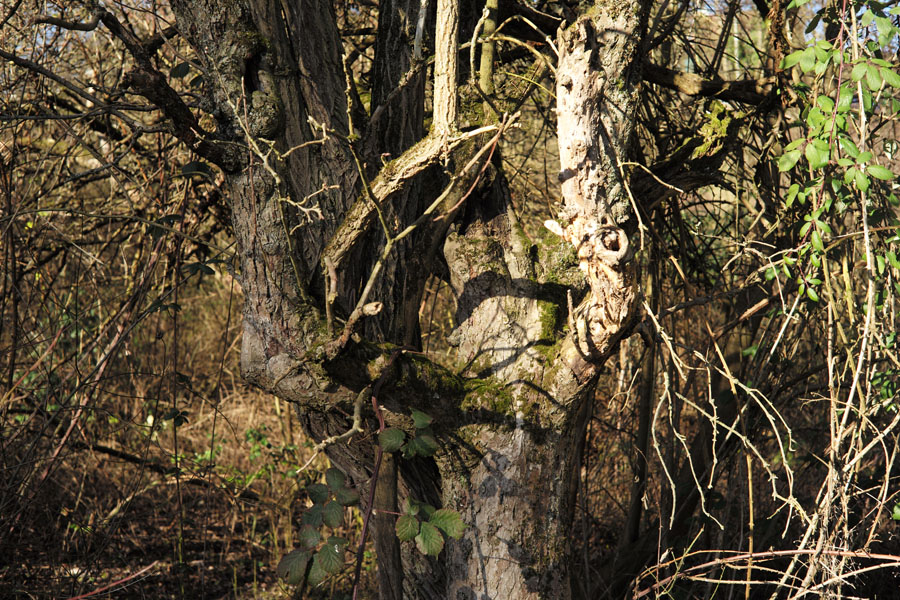 |
|
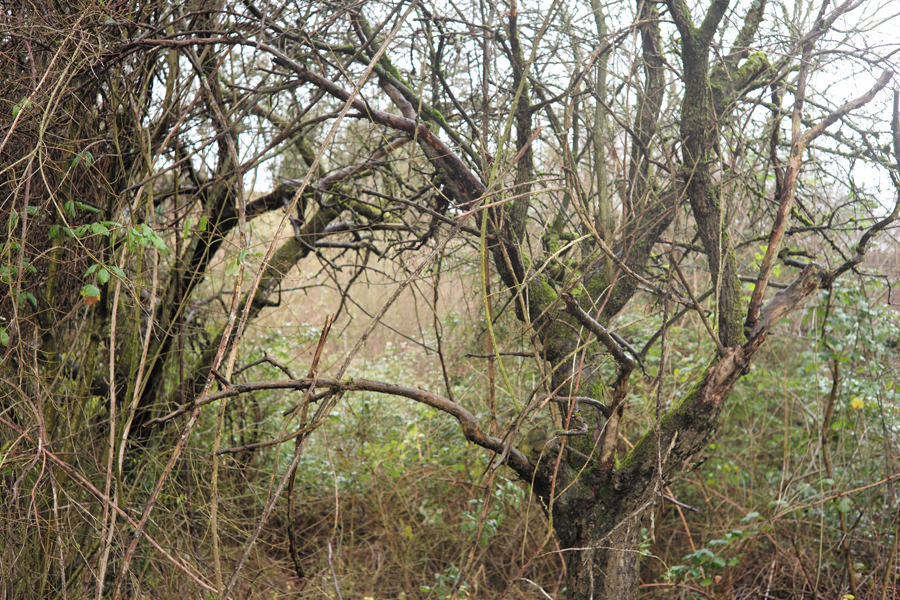 |
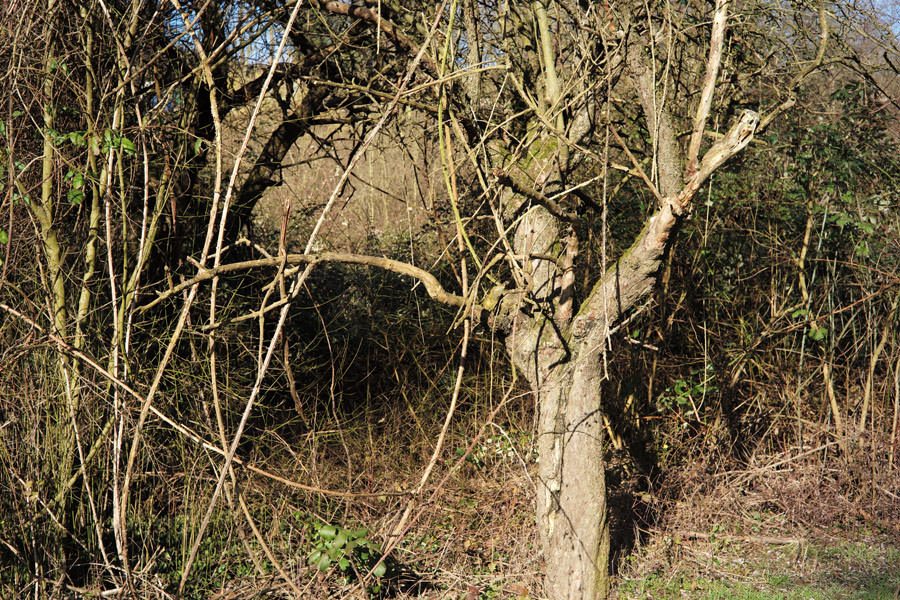 |
|
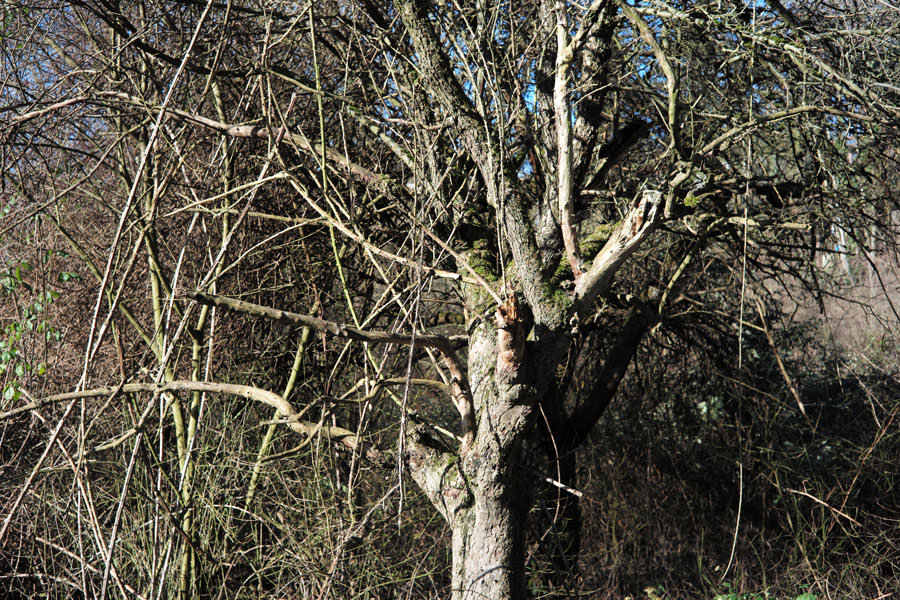 |
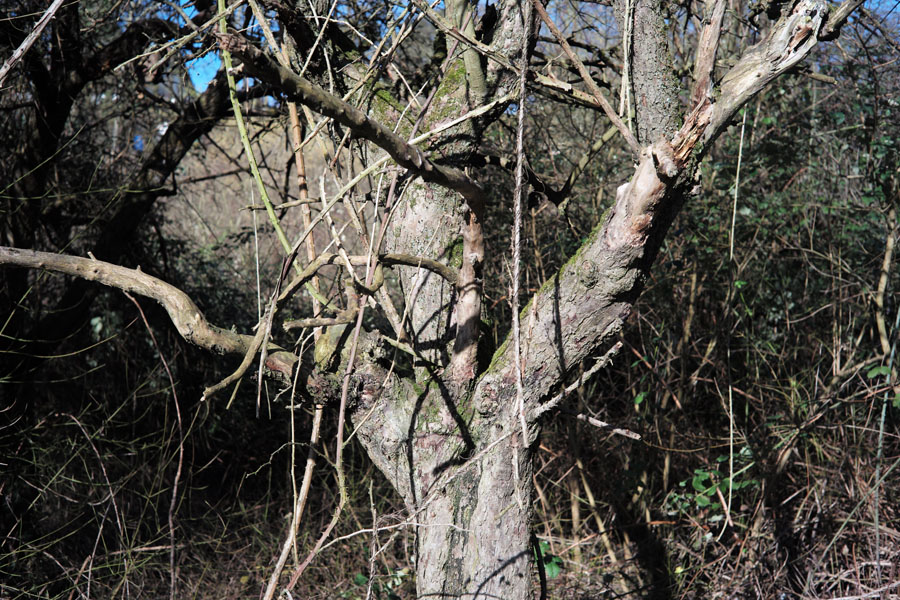 |
|
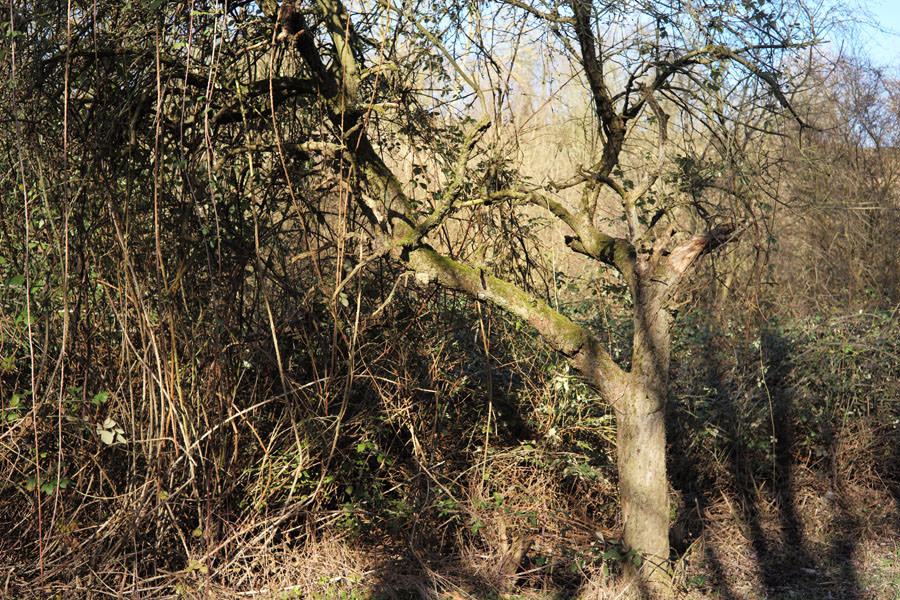 |
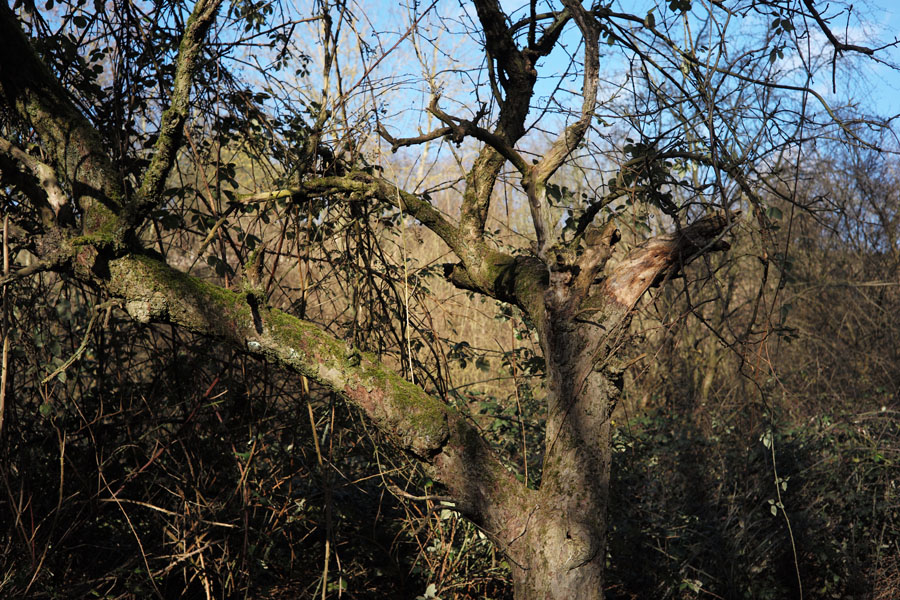 |
|
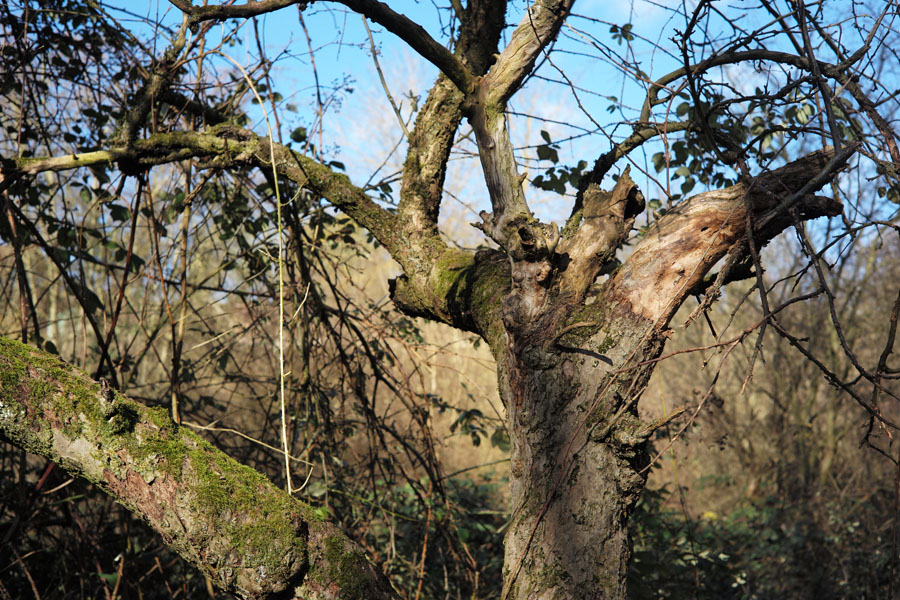 |
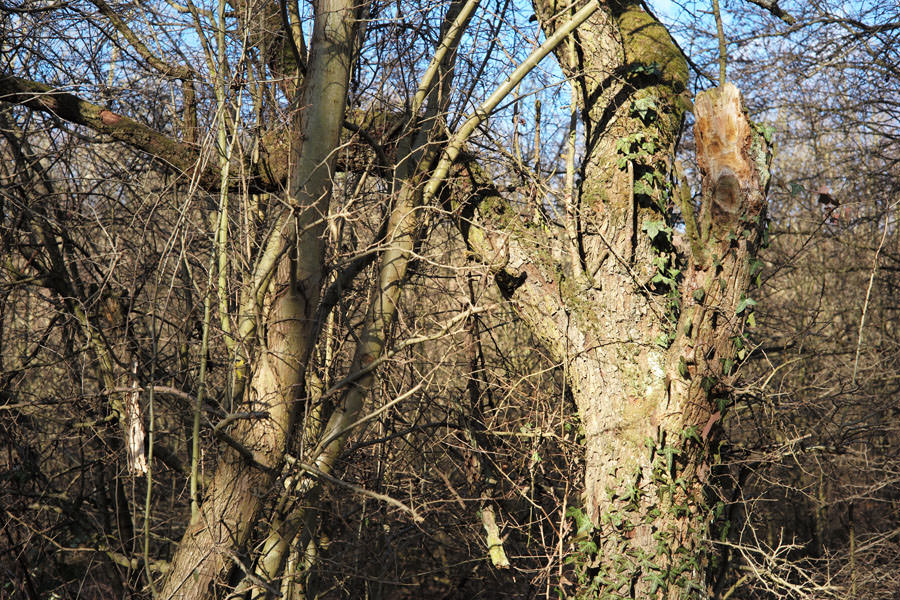 |
|
 |
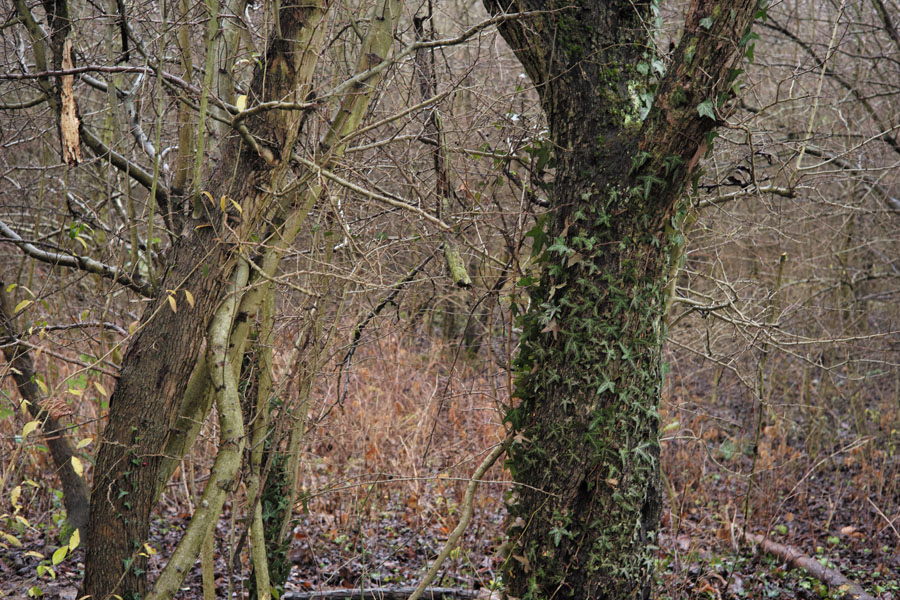 |
|
 |
 |
|
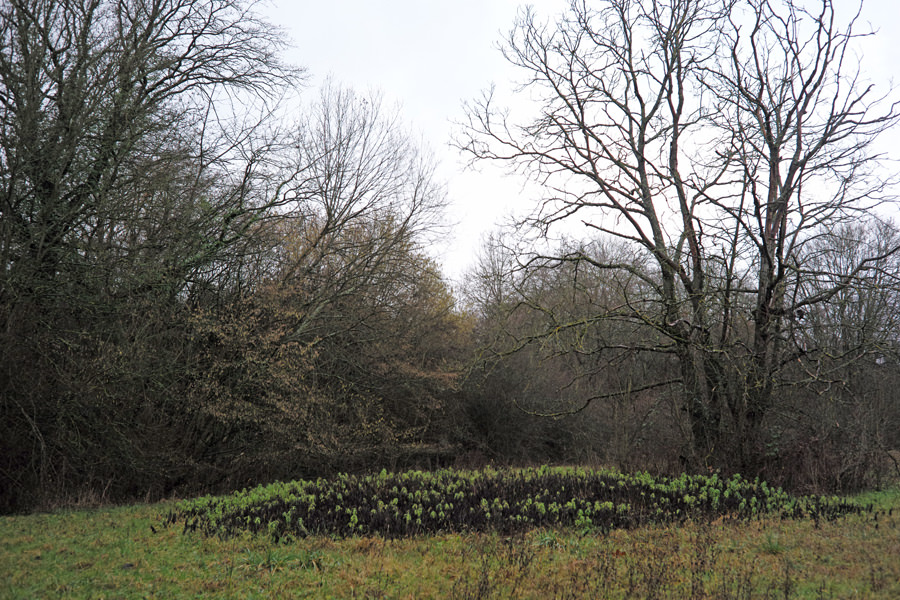 |
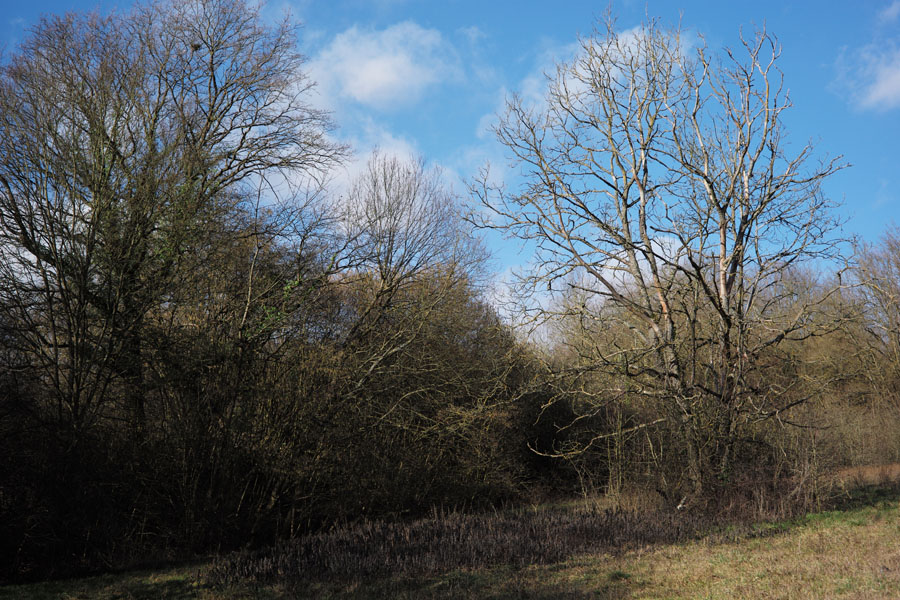 |
|
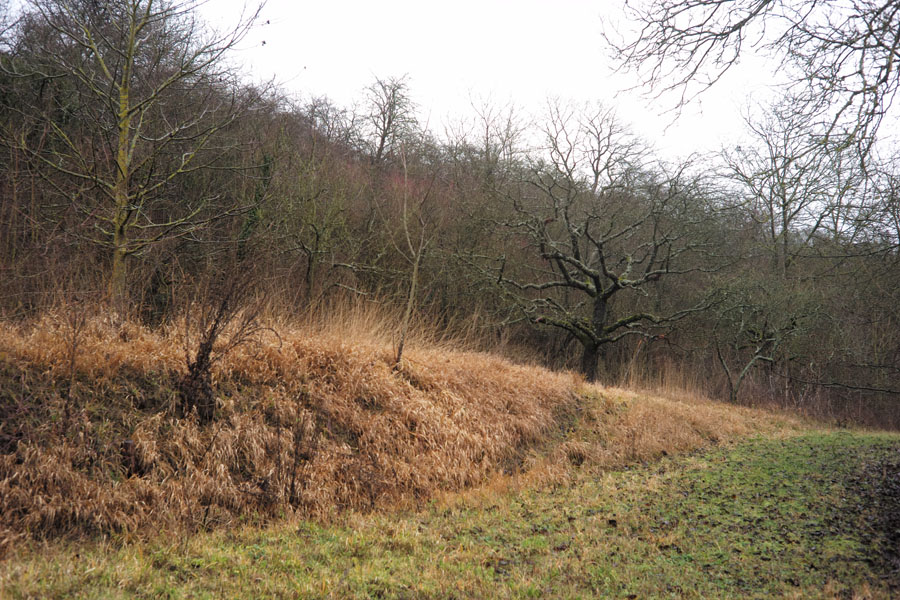 |
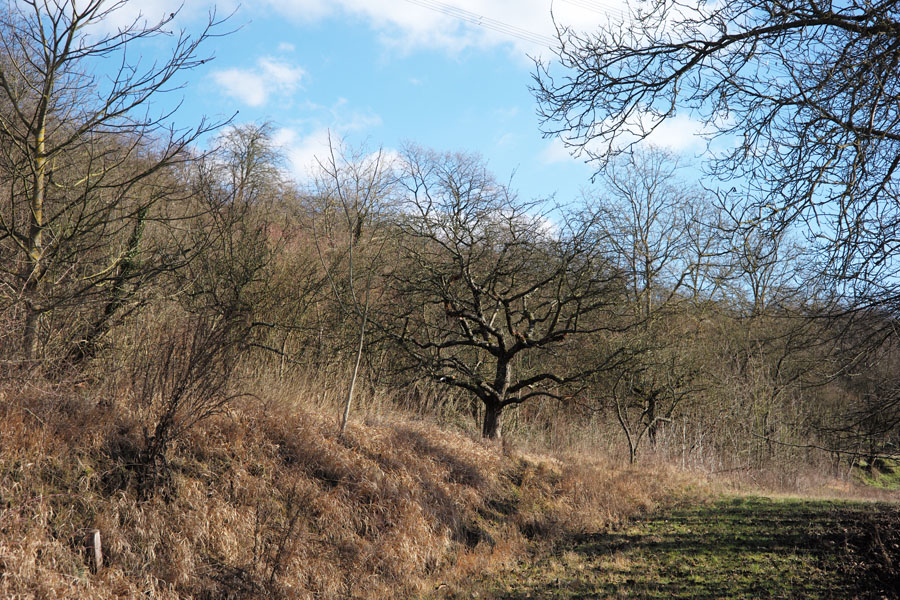 |
|
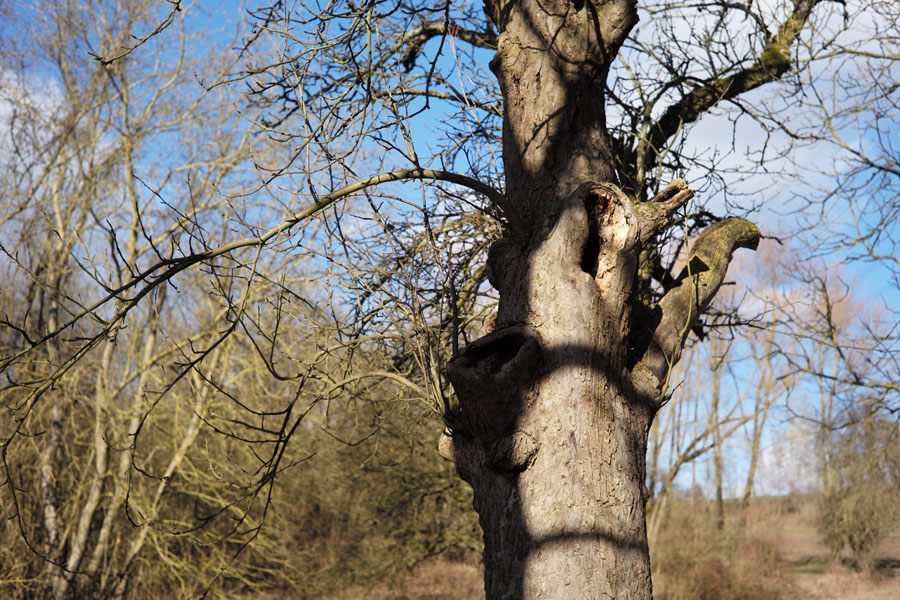 |
 |
|
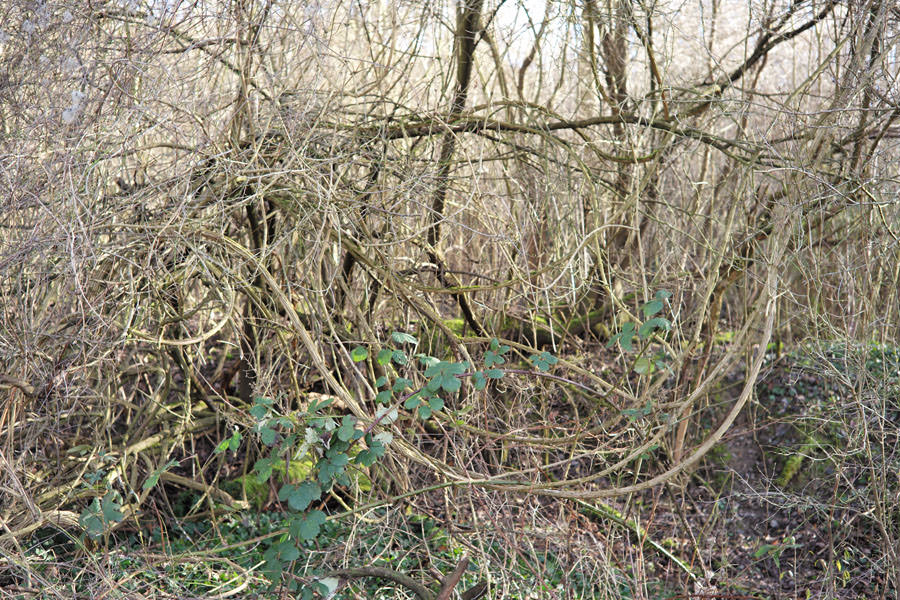 |
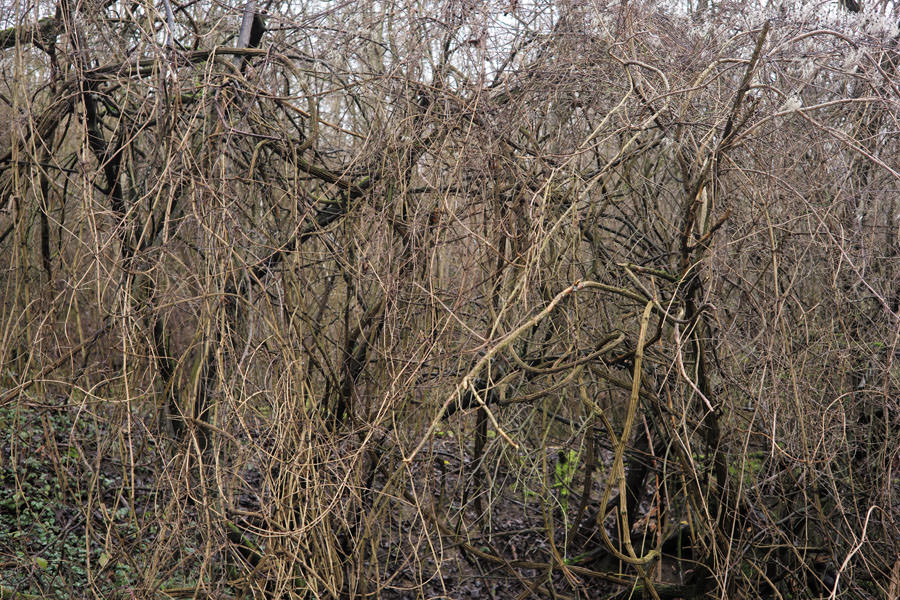 |
|
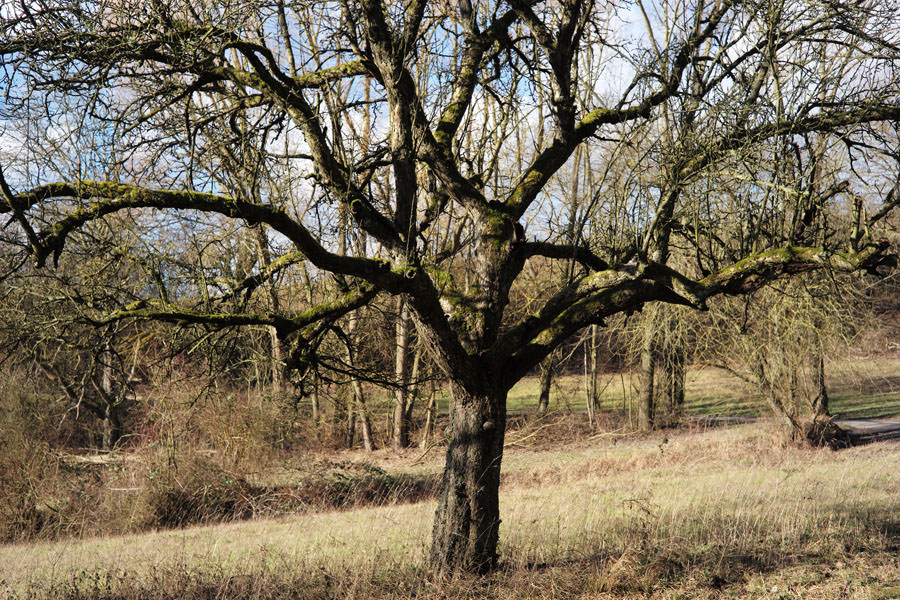 |
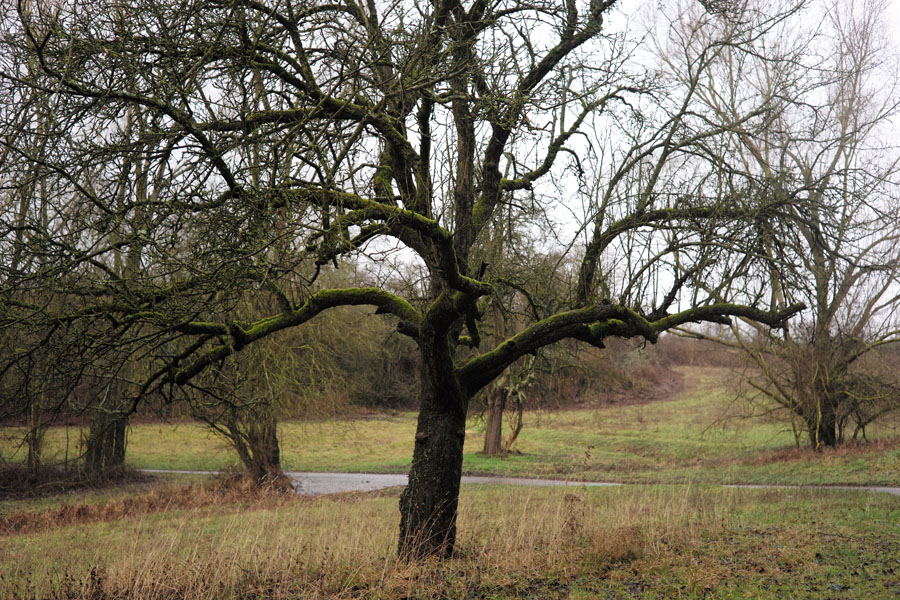 |
|
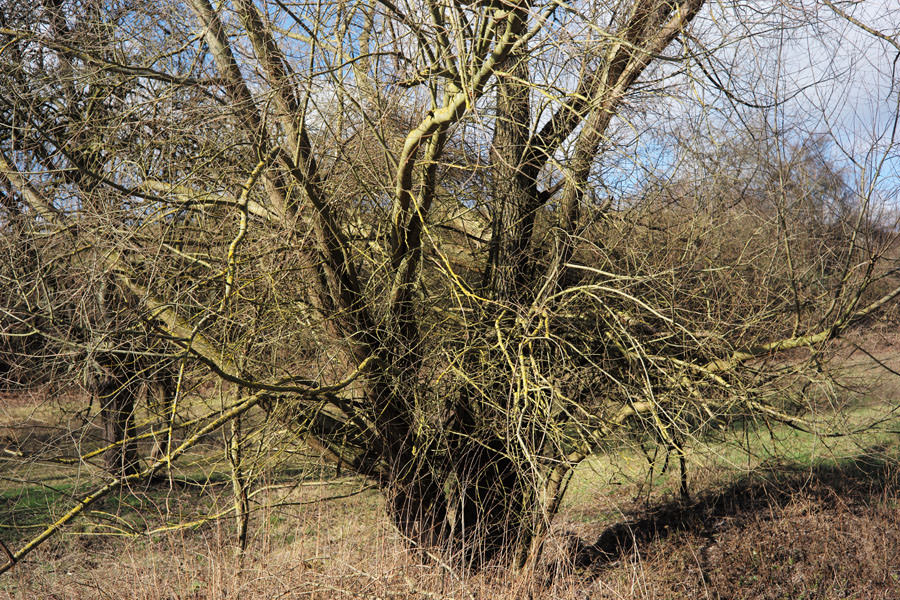 |
 |
|
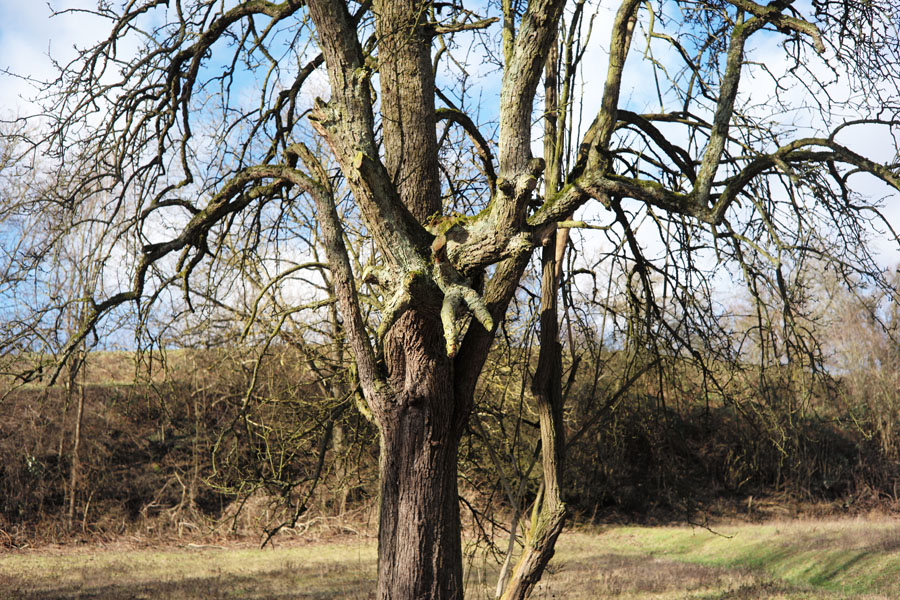 |
 |
|
 |
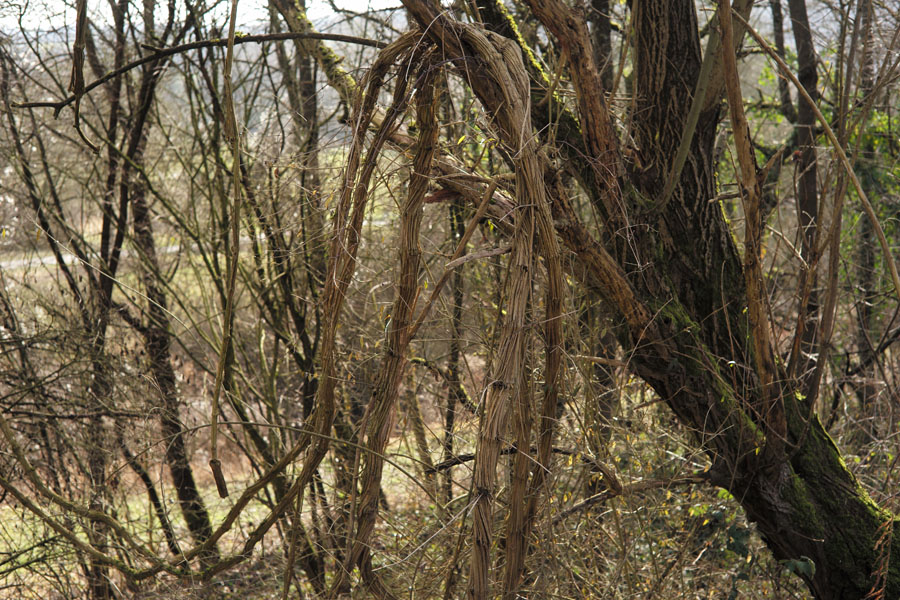 |
|
 |
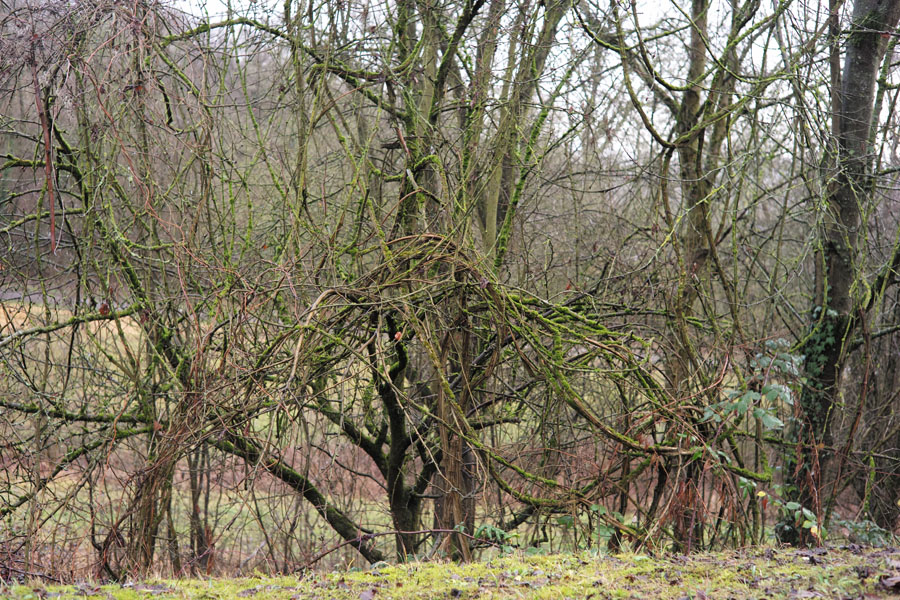 |
|
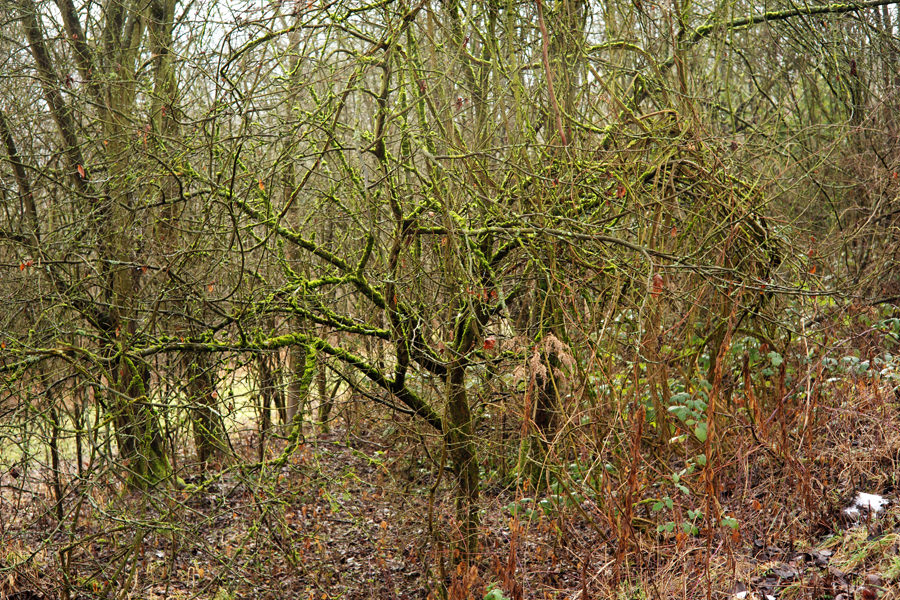 |
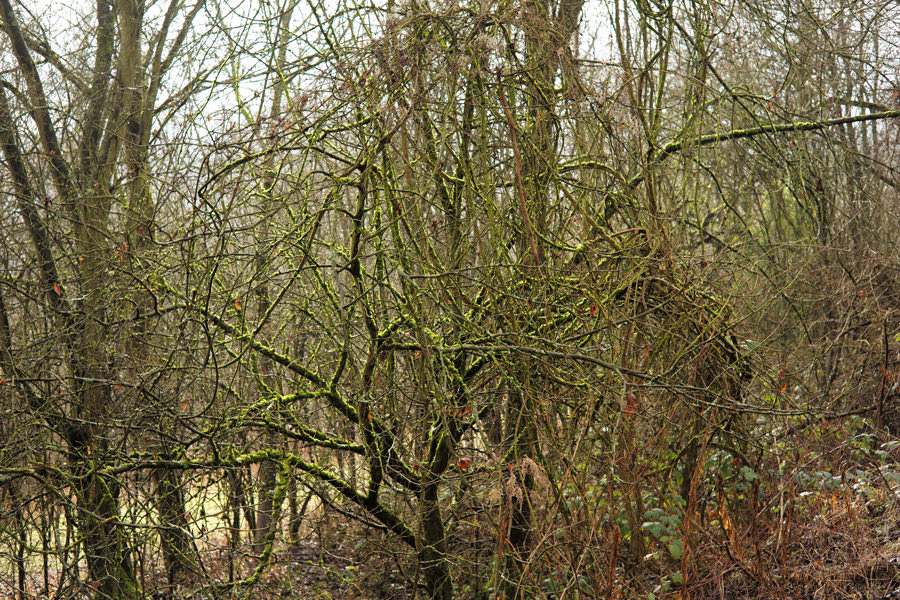 |
|
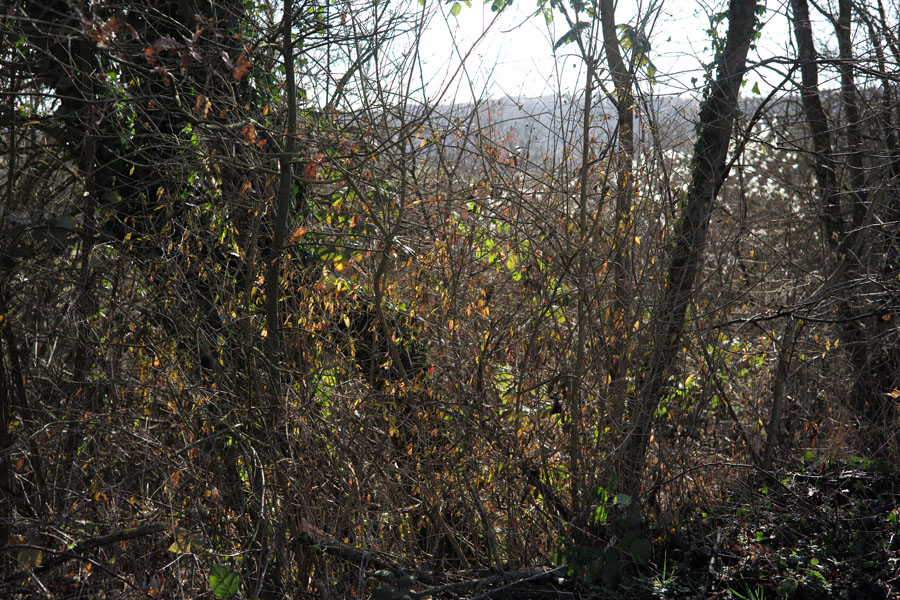 |
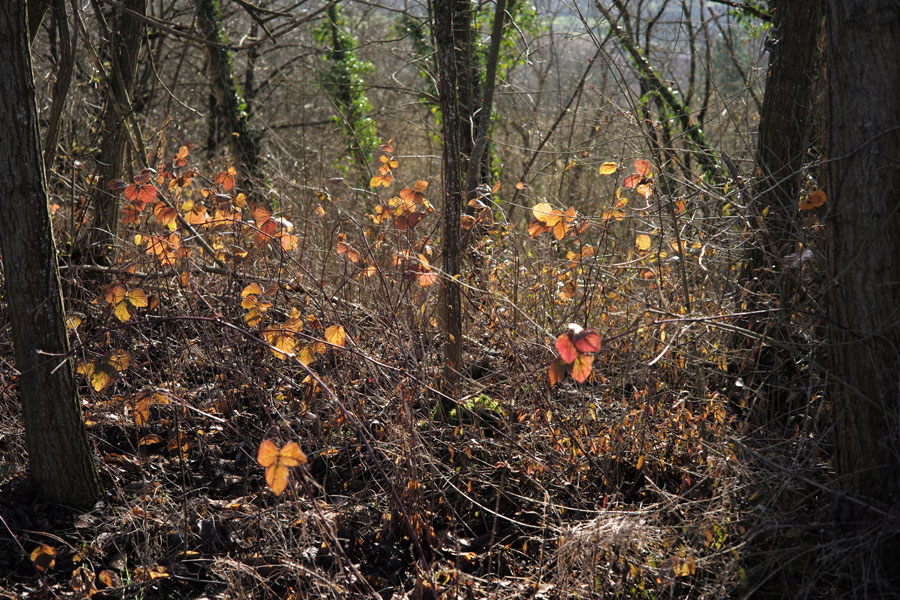 |
|
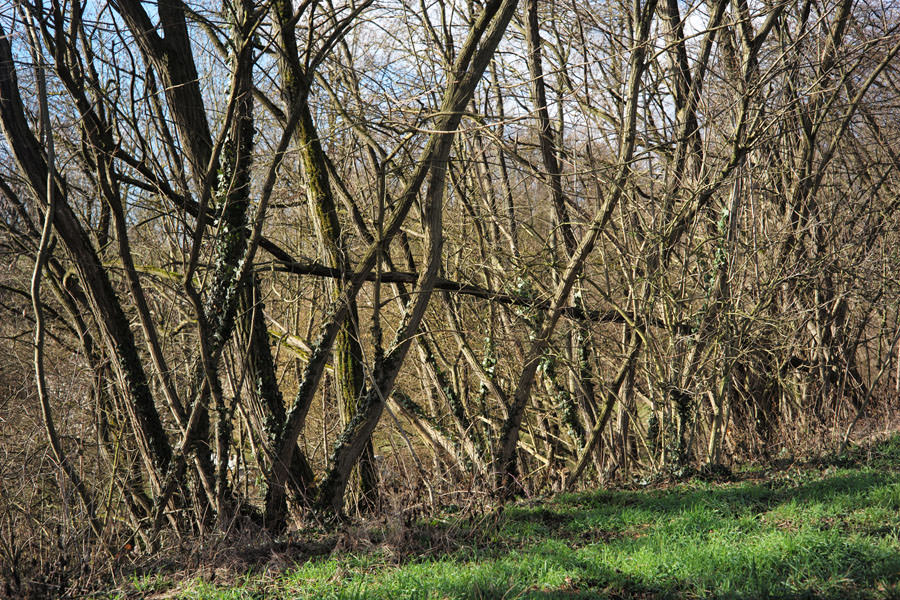 |
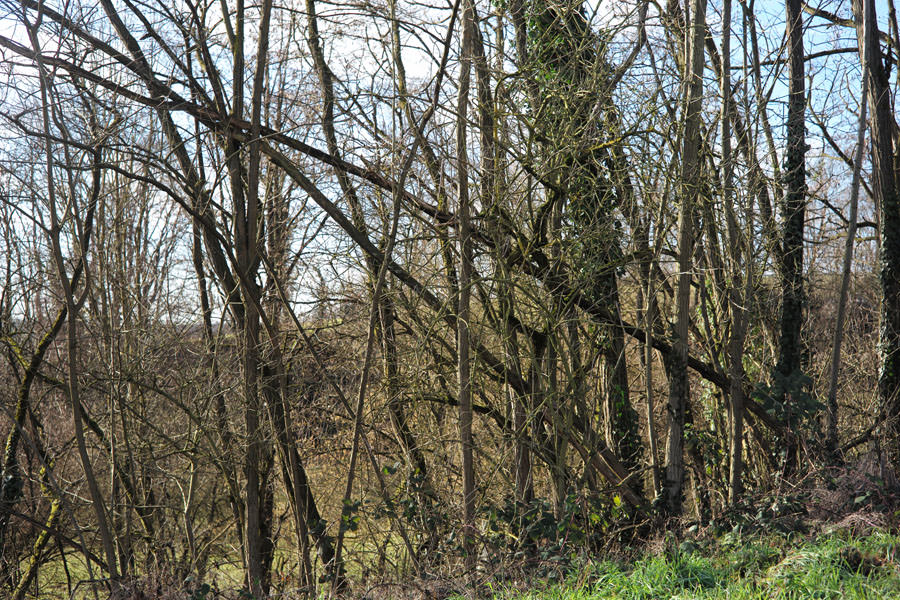 |
|
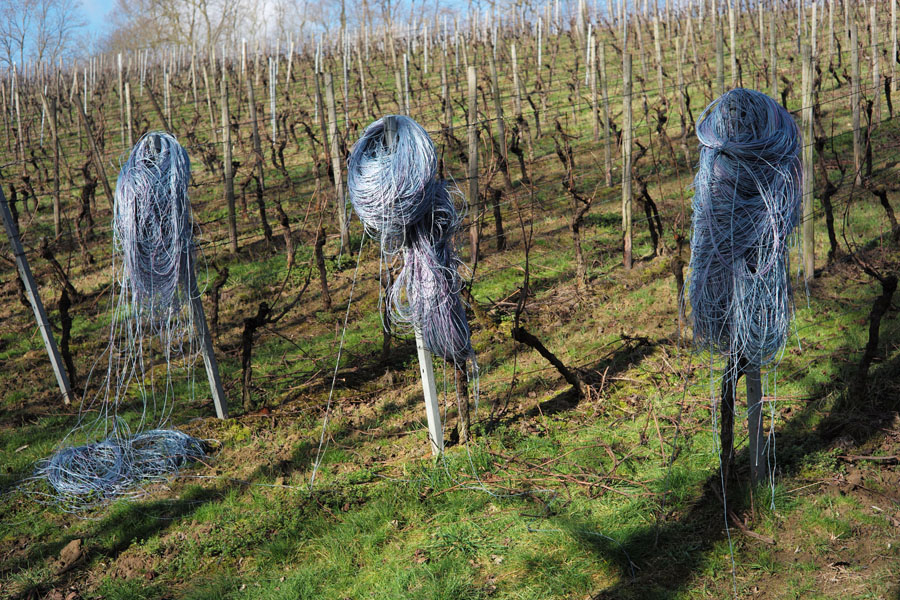 |
 |
|
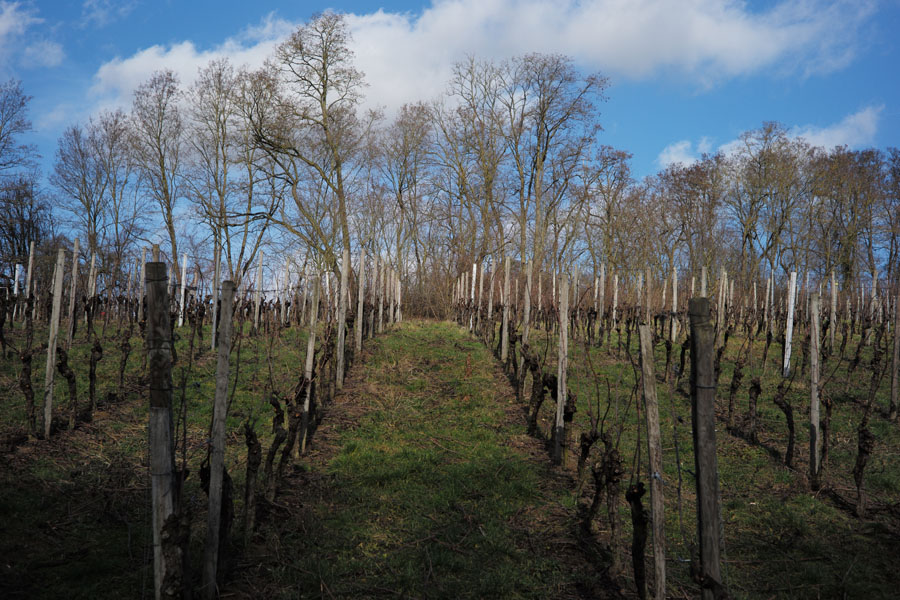 |
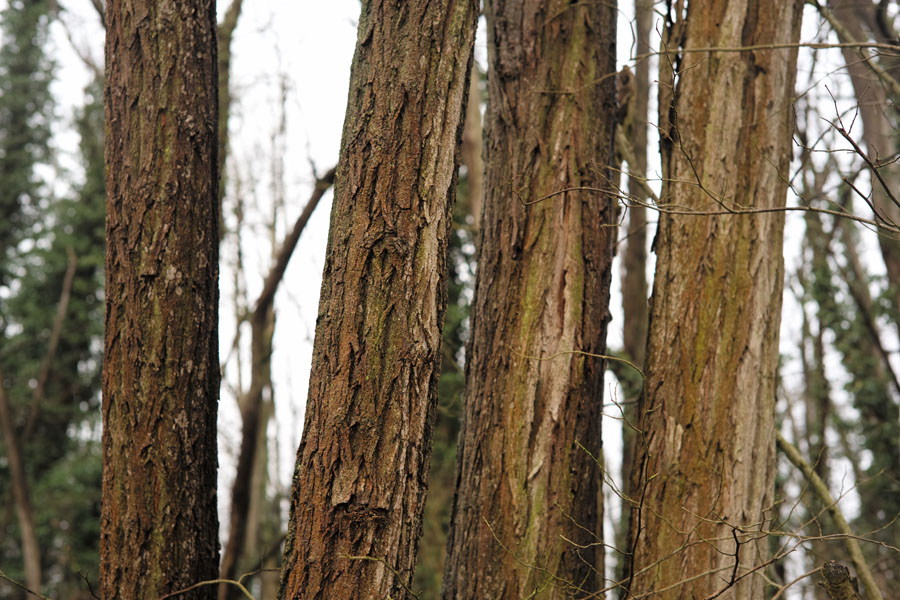 |
|
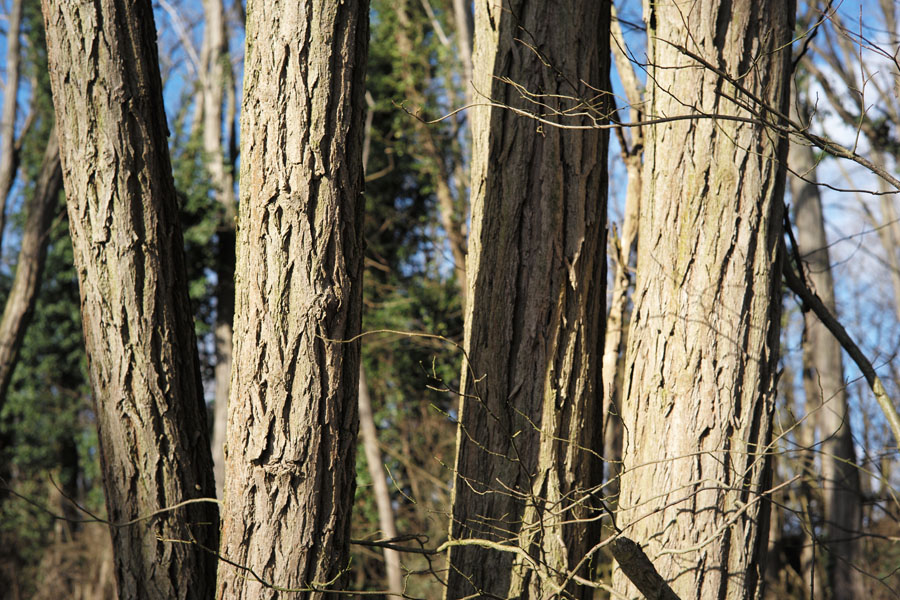 |
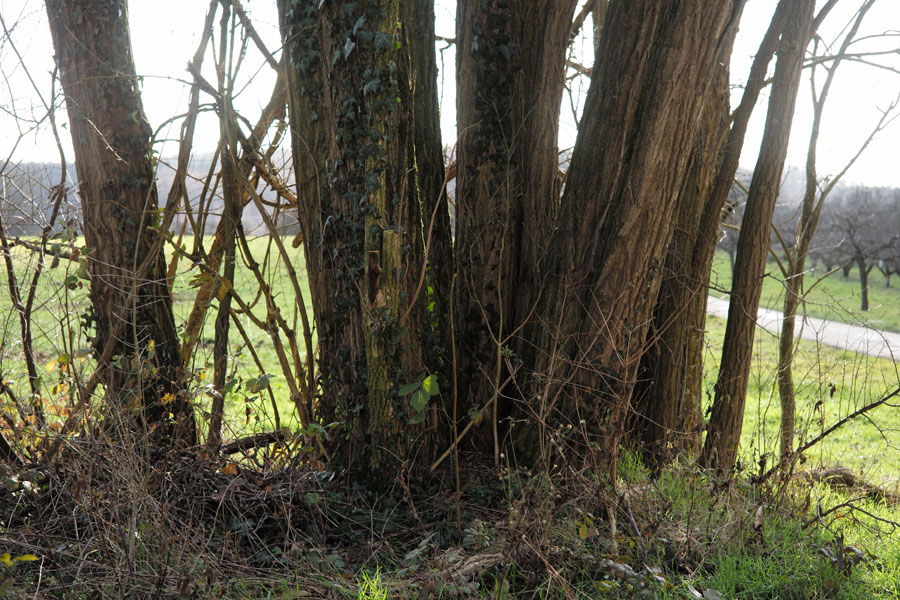 |
|
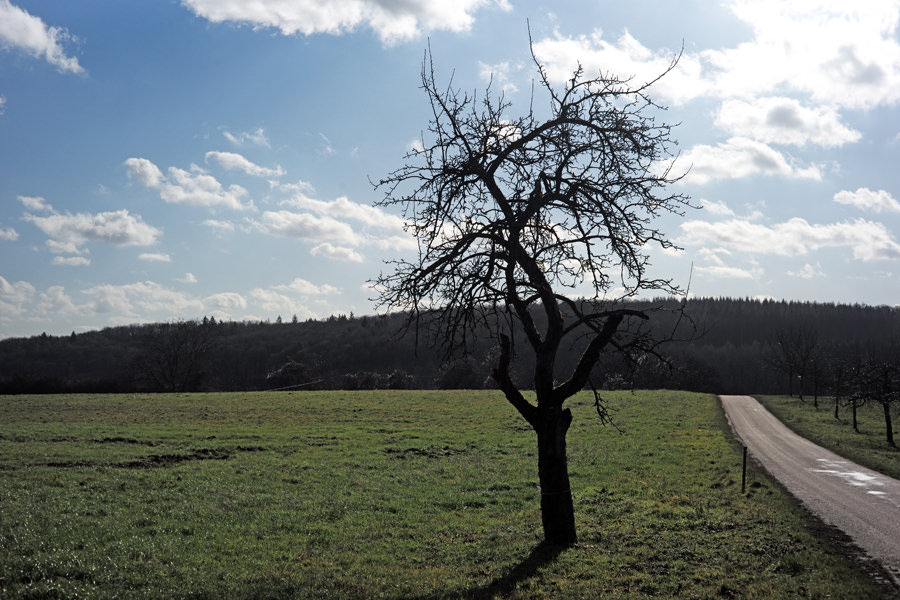 |
 |
|
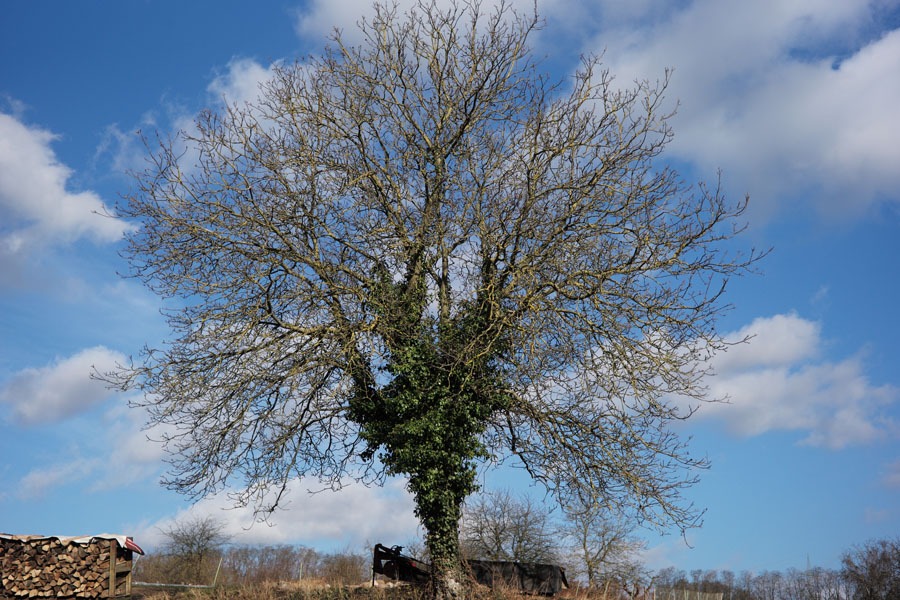 |
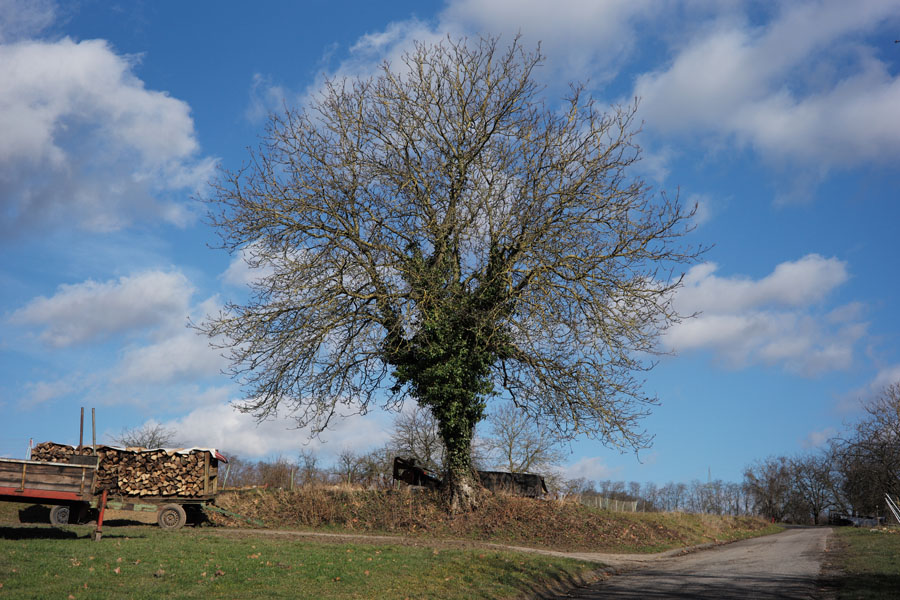 |
|
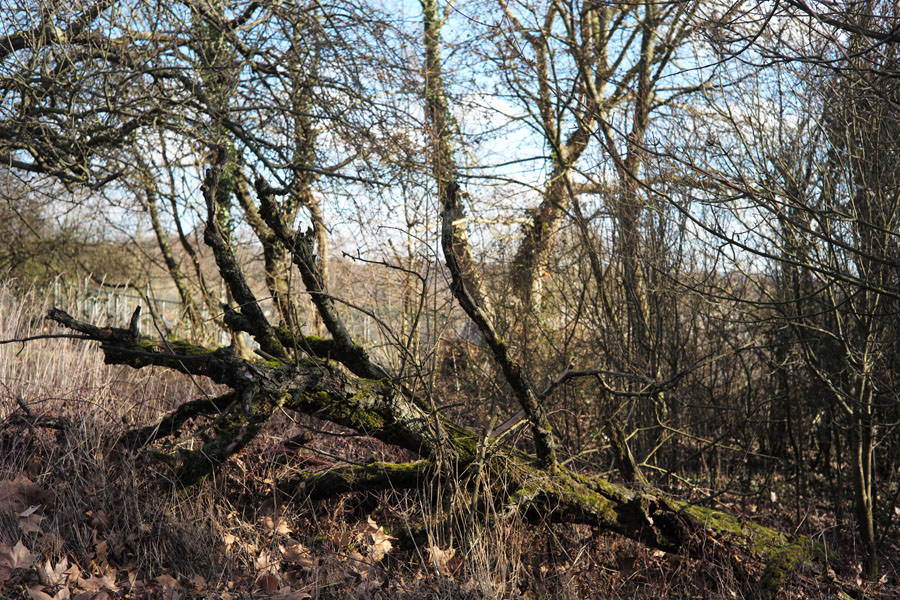 |
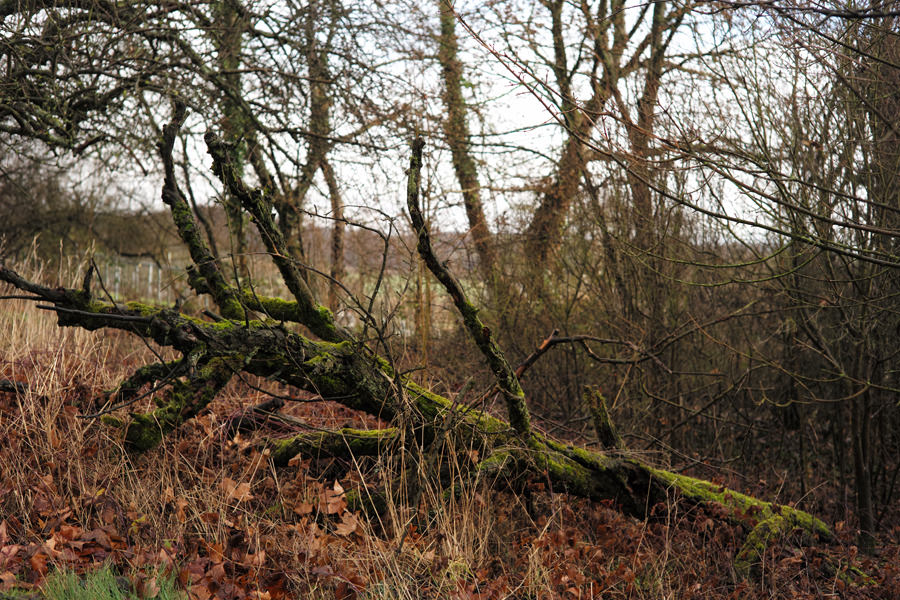 |
|
 |
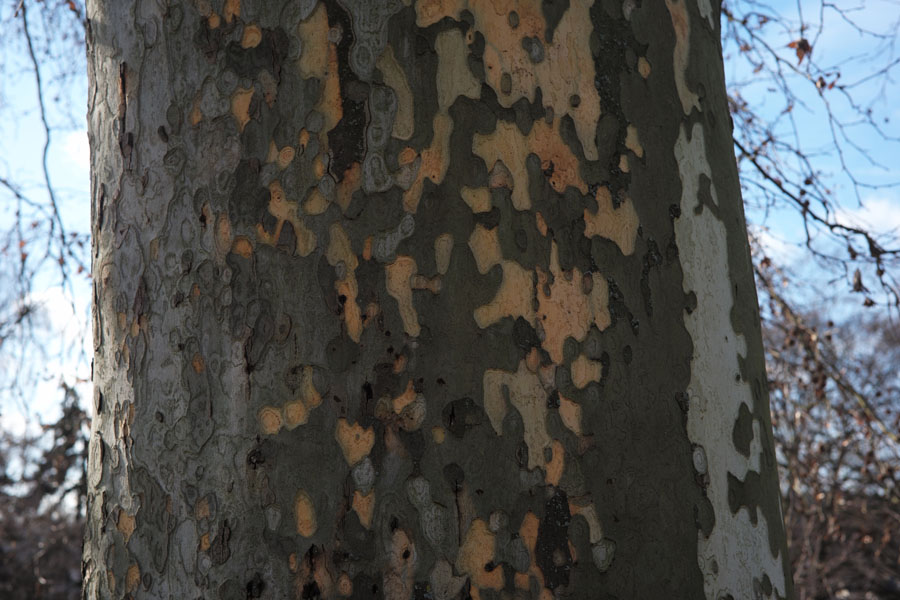 |
Close-Up Behavior
Smallest Object Field / Magnification
| Smallest object field/width | 592 mm x 395 mm (calculated), 541 mm (from photo*) |
| Magnification | 1:16.5 (calculated), 1:15.1 (from photo*) |
*) See photo below:
w = 541 mm; magnification = 35.8/541 = 1:15.1 (1:15)
Photo: Zeiss Sonnar 50mm f/1.5 lens (541 mm)
With Quenox Quenox Extension Tube for Leica M
Distance > |
Infinity | 0.9 m (closest) |
Smallest object width |
180 mm* | 137 mm* |
| Magnification | 0.2 = 1:5 => approx. 1:5* | 0.26 = 1:3.8 => approx: 1:4* |
*) See photos below:
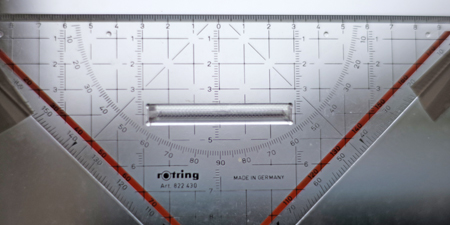 |
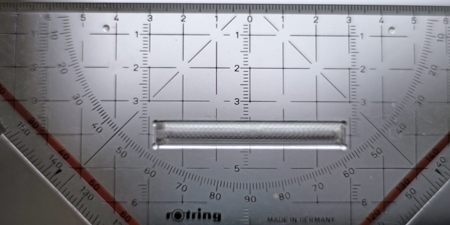 |
|
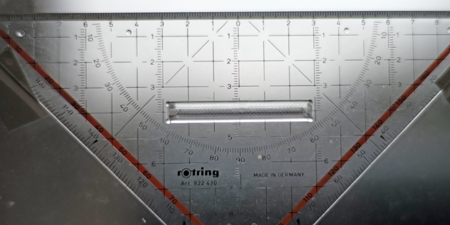 |
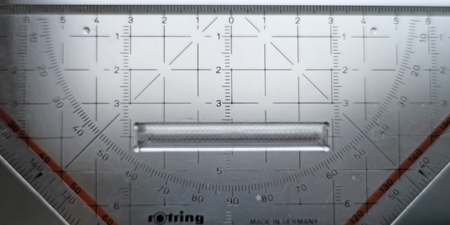 |
Photos: Test shots with Zeiss Sonnar 50mm f/1.5 and Quenox Extension Tube for Leica M; distance set to infinity (left) or closest distance (right); first test in top row, second test in bottom row
Closest Distance
The following photos are meant to demonstrate the lens' close-up behavior:
 |
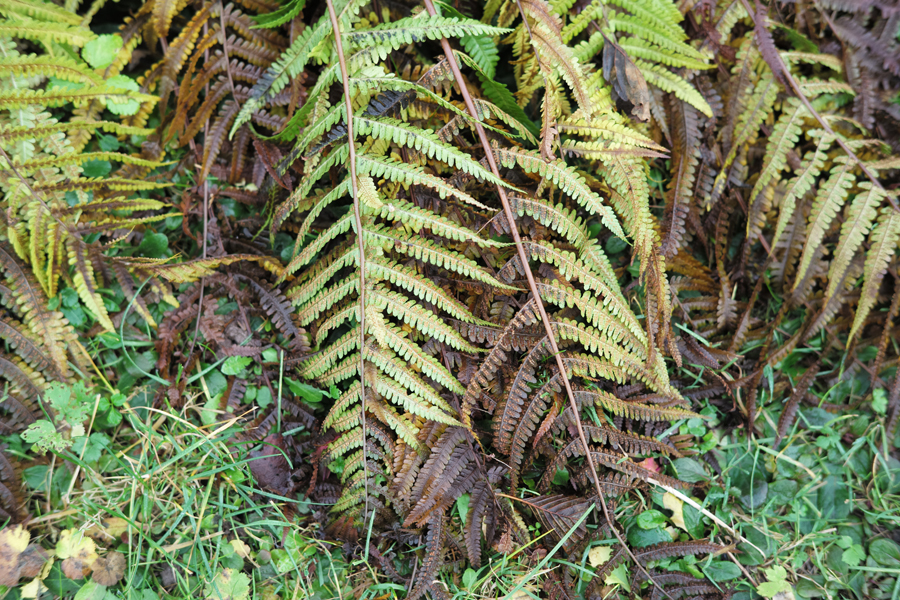 |
|
| f/1.5 | f/1.5 | |
 |
 |
|
| f/2.8 | f/2.8 |
As a wide angle lens, the Zeiss Biogon 35mm f/2.8 lens is not a "winner" in the close-up realm. This improves, however, this improves about a factor of three to four if you use an extension tube like the Quenox Extension Tube for Leica M, which is a replacement for the now "extinct" Leitz OUFRO (16469Y) (1 cm). You get a magnification of up to 1:4 with this lens, which is a little less than a postcard.
Here is a sample taken with the Quenox extension tube (no files in original size):
 |
Zeiss Sonnar 50mm f/1.5 |
And here are some more samples that I took with other lenses in a similar way:
 |
 |
|
| Distance set to infinity | Distance set to closest value |
|
 |
 |
|
Distance unknown |
Distance unknowm |
|
 |
 |
|
Distance set to infinity |
Distance set to closest value |
Overall, magnification is the lower, the longer the lens is. However, the difference between the two distance settings is more pronounced than for lenses with shorter focal lengths.
Conclusions
Disclaimer: I am not a lens expert who sees marked differences between various Leica and/or other lenses. I can check for soft corners, find differences in color rendition, and, in rare cases, may discover a "3D look", but that's all. Please regard therefore my conclusions as the verdict of a "layman".
Manual focusing is difficult with the 50mm Zeiss lens wide open - here my results are still inconsistent. For example, at f/1.5 buildings that are 20 m or even farther away may not be at infinity. Thus, at least wide open you cannot simply set distance to infinity and expect sharp images at wide open.
The other issue is that every fast lens has a very shallow depth of field when wide open. The viewfinder of the Leica does not have the quality of a good optical viewfinder that allows to control depth of field with ease. Screen magnification with a factor of 5 x or 10 x helps, but you cannot oversee the whole scene. Focus peaking usually does not help much.
This lens is famous for its "3D" look, but also infamous for its focus shift. With live view, the latter does, however, not present a problem if you check sharpness at the working aperture.
All in all, some practice is needed for mastering this fine lens.
On the Leica M (Typ 240), this lens is my "normal" lens. It is fast, sharp, and a bit heavy (adding even more weight to the already heavy M...). Moreover, it does not show any color shading, and vignetting is low.
Links
- Zeiss Sonnar 50mm f/1.5 (Zeiss, English): lenses.zeiss.com/photo/en_DE/products/ikon/csonnart1550zm.usage.html
- Zeiss Sonnar 1:1,5/50 mm (Zeiss, German): lenses.zeiss.com/photo/de_DE/products/ikon/csonnart1550zm.usage.html
- Zeiss Sonnar 50mm f/1.5 at Ken Rockwell "Leica Lens Reviews" (scroll the list): www.kenrockwell.com/leica/lens-reviews.htm#50 • full review: http://www.kenrockwell.com/zeiss/zm/50mm-f15.htm
- A look at the Zeiss 50 Sonnar ZM on the Leica SL (Steve Huff): www.stevehuffphoto.com/2016/01/02/a-look-at-the-zeiss-50-sonnar-zm-on-the-leica-sl/
- A new look at the Zeiss ZM 50mm C Sonnar T 1.5 Lens (Steve Huff): www.stevehuffphoto.com/2013/04/11/a-new-look-at-the-zeiss-zm-50mm-c-sonnar-t-1-5-lens/
| 04.07.2024 |

